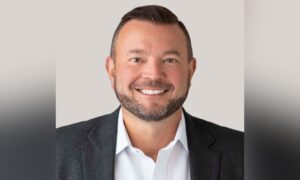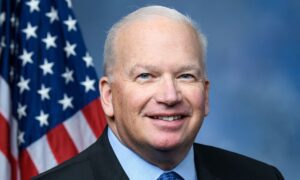Clients Are Younger, More Diverse and Want an Advisor to Match

What You Need to Know
As younger, more diverse clients reach out for financial advice, they’re searching for advisors with whom they can relate.
Existing advisors are less in tune with the priorities, values and goals of the younger generation.
Financial services firms must proactively adjust their recruiting practices to attract diverse candidates who can understand and meet the needs of incoming clients.
It’s not often people embrace sharing personal financial information, like their total debt or yearly income, with complete strangers. But that’s exactly what financial advisors are to their clients when they first meet — strangers.
Building upon an unfamiliar relationship, establishing trust and understanding between advisors and clients is crucial to the financial success of both parties. Advisors are unable to make truly educated decisions on behalf of their clients if they cannot break down the personal barriers we all hold.
Bonding over shared characteristics and backgrounds is a great way to build a foundation of trust. Especially as younger, more diverse clients reach out for financial advice, they’re searching for advisors with whom they can relate. There needs to be more of a focus on recruiting.
Currently, the financial advising industry doesn’t have enough diverse advisors to meet this demand, necessitating a shift in recruiting practices to provide the services historically marginalized communities need to bridge the wealth gap. At CUNA Brokerage Services Inc. (CBSI), we are seeking to turn the tide and help encourage a younger, more diverse financial advisor industry.
The Need for Change
The financial advising field lacks diversity. According to Data USA, almost 80% of advisors are white. Comparatively, only 61% of the American population is white. While women make up around 50% of the population, less than one in three advisors are women.
The financial advising industry is also aging. According to the Certified Financial Planner Board of Standards, nearly half (46%) of financial advisors are over the age of 50; it is not surprising that advisors are retiring at unprecedented rates.
According to the Certified Financial Planner Board of Standards, there are more advisors over the age of 70 than there are under 30, and many are expected to retire in the next decade. The industry is facing a looming talent shortage, which will only compound the difficulty of finding advisors who can serve the incoming generation of savers.
While existing advisors are equipped to serve a clientele of their peers, they’re less in tune with the priorities, values and goals of the younger generation. According to research from Magnify Money, 12% of Generation Z (ages 18 to 24), and 11% of millennials (ages 25 to 40) consider the race, ethnicity and gender of a financial advisor important, compared to 6% of Generation X (ages 41 to 55) and 4% of baby boomers (ages 56 to 75).
Unlike previous generations, Generation Z and millennials are more willing to talk about money. Increasing financial transparency further spurs interest in working with an advisor and demand for a diverse workforce of advisors will only grow as younger generations accumulate wealth.
Today’s Wealth Gap
To understand why representation is an important factor when managing finances, consider the history of the industry. Less access to financial education, higher education programs and financial wellness tools like credit cards have put women and historically marginalized groups at a disadvantage in the past.
The effects of these obstacles persist today, creating a wealth gap displayed by lower rates of home ownership, higher student loan debt and inadequate retirement savings, according to an analysis from Morningstar.






